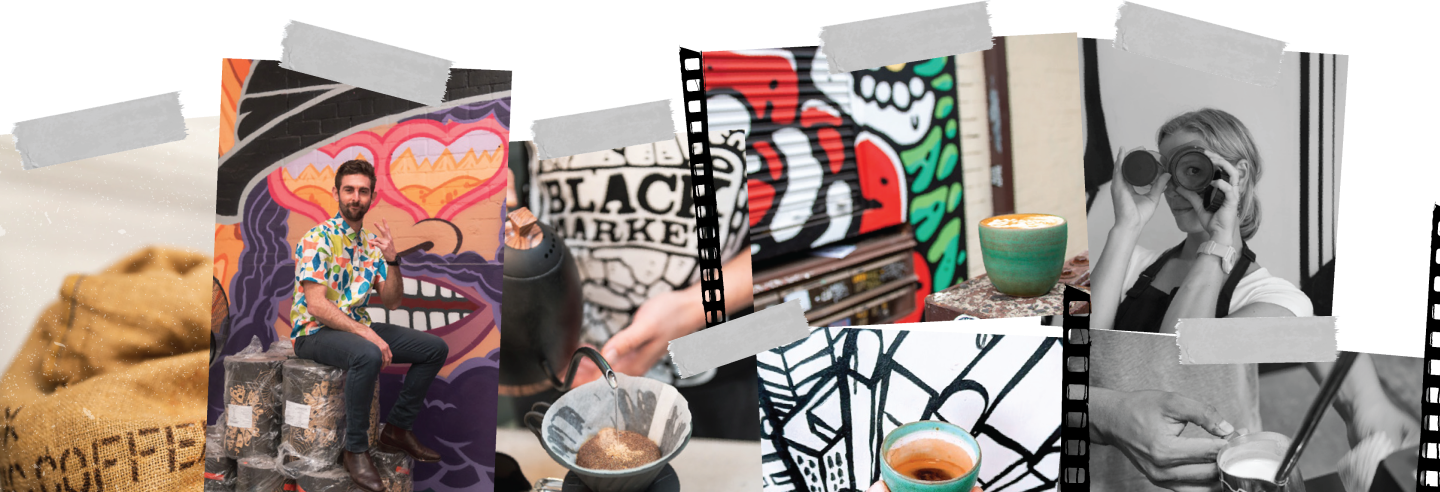
The Coffee Bean Process
Have you ever wondered what it takes to make the rich beans we use to make that invigorating beverage called coffee?
Coffee crops are usually in grown in tropical climates, specifically the Tropics of Capricorn and Cancer. The heat and humidity of the tropics are perceived to be the ideal coffee growing environment, however some of the best coffee is grown in the cooler mountain regions of the area. Nutrient-rich soil and steady, regular rainfall are also conditions that aid coffee growth.
Types of beans
Robusta and Arabica are the two main coffee varietals.
The majority of the worlds coffee crops are of the Arabica variety. This is the variety that holds the more intense and complex flavour profile and aromatic quality preferred by coffee shops and baristas.
The Robusta variety is the sturdier and more reliable of the two in regards to pest tolerance and crop yield. It is used to make instant coffee due to its price and ready availability.
Tree to bean
The unground coffee beans you purchase from stores aren’t what you find on a coffee tree. Coffee beans are found inside cherries that grow on the tree. The cherries are red or yellow in colour depending on the variety of coffee. The structure of the cherry is composed of several layers.
- Skin: Red or yellow in colour when ripe.
- Pulp: Sweet flesh called ‘coffee fruit’ similar to a grape in flavour.
- Mucilage: Fruit layer that remains after the pulp is removed.
- Parchment: The outer layer that protects the coffee bean.
- Silverskin: The final layer that covers the bean.
- Bean: Green pit-like centre from which coffee is derived.
These cherries go through an extensive process to produce the roasted beans available in store.
- Harvesting: When ripe, the cherries are harvested either by hand or a special machine.
- Sorting: Any debris is cleared and cherries are put into a water bath to determine if any are unripe. Unripe cherries float and ripe cherries sink.
- Pulping: The cherries are passed through a machine that removes and separates the skin and pulp from the bean.
- Fermenting: The fermentation breaks the mucilage down into an acid which gives the beans their depth of flavour.
- Drying: The beans are dried out to their optimum moisture level which is between 9 and 13%.
- Milling: The beans are then hulled and polished to remove the parchment and silverskin, leaving the bare coffee bean.
- Grading: The beans are graded by professionals who assess their primary and secondary defects to determine their quality level.
- Distribution: The beans are shipped to their order destination.
- Roasting: The beans are roasted at 400 degrees or higher; the process duration determining their final flavour profile.
Are you interested to learn more about the process of making coffee? Our Beginner Barista course covers coffee from bean to cup!
Be The first to know about new digs.

